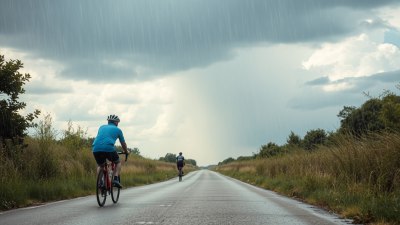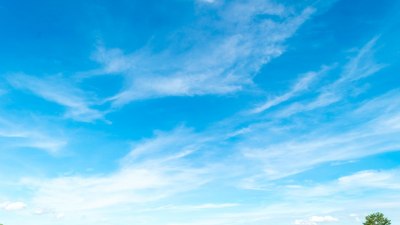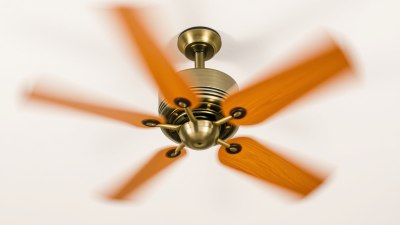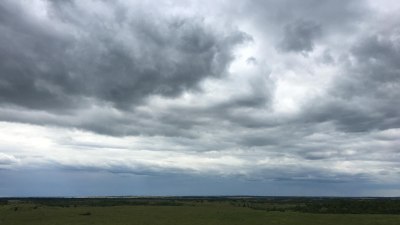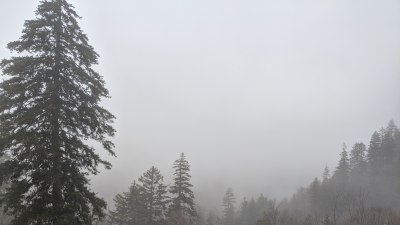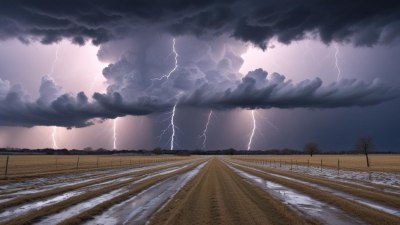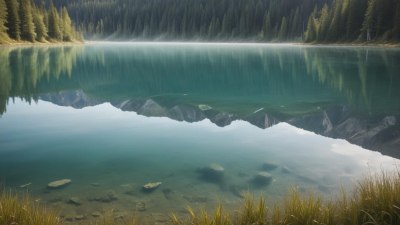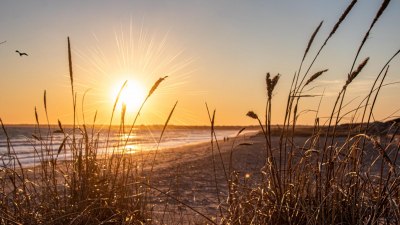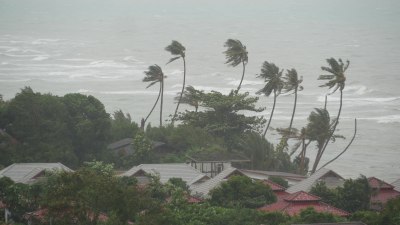Why You Feel Like Reading More in Cold Weather and Adventuring More in Warm
Explore the psychological and environmental reasons behind reading in cold weather and outdoor adventures in warm weather.

The interplay between our environment and our behavior is a fascinating area of study, particularly when it comes to seasonal changes. As the cold weather rolls in, many people find themselves gravitating towards indoor activities, such as reading. Conversely, as the weather warms up, the urge to step outside and seek adventure becomes prevalent. Understanding the psychological and physiological reasons behind these preferences can shed light on the growing relationship between climate and our activities.
The Comfort of Cozy Spaces in Cold Weather
When temperatures drop, many people experience a natural inclination to seek comfort. Cozy environments, often characterized by warmth and soft furnishings, become inviting. This setting creates the perfect backdrop for immersing oneself in a book. The ambient chill outside can heighten the allure of curling up with a good story. Studies in environmental psychology suggest that our desire for comfort in cold weather drives us towards activities that require less physical exertion, such as reading.
Increased Indoor Time
As it gets colder outside, people tend to spend more time indoors. While this shift can carry certain psychological effects, it also opens up more opportunities for leisure activities that have previously taken a backseat. Reading, for instance, is an endeavor that pairs well with warm drinks—tea, cocoa, or coffee often enhance the experience. The comfort of familiar surroundings, complete with blankets and a warm beverage, creates an ideal atmosphere for delving into literary worlds.
Seasonal Reading Trends
Publishing industries have also noticed seasonal trends in reading. Cold weather often encourages book sales to rise, with genres such as fantasy, mystery, and romance thriving during winter months. These genres provide an escape from the cold reality outside, allowing readers to immerse themselves in alternate realities. Book clubs and reading challenges often emerge as winter activities, highlighting the collective nature of reading during these times.
The Role of Light and Space
As natural light diminishes in winter months, the intimate lighting created by lamps and candles fosters a conducive environment for reading. Psychological associations with reduced natural light can also lead to feelings of introspection and contemplation, which align perfectly with the solitary act of reading. In contrast, the longer days of summer mean more opportunities to be outdoors, promoting activities that involve physical engagement and exploration.
Warm Weather and the Call of Adventure
When the colder months give way to warmer weather, the dynamics shift. The comfort and coziness once sought after are now exchanged for a longing for adventure. The increasing temperatures inspire people to explore the great outdoors, indulge in sports, and seek communal experiences. This inclination is driven by biological and psychological factors that are essential for our overall well-being.
The Biological Push for Activity
Human beings are naturally wired to respond to changes in weather. Research indicates that warm weather boosts endorphin levels, triggering a physiological response that encourages us to seek adventure and engage physically. As the sun shines longer and brighter, the body feels more energized, pushing us towards outdoor activities from hiking to picnicking. The physical benefits of engaging with nature—improved mood, enhanced creativity, and increased energy—become significant motivators to remain active outdoors during the warmer months.
Social Dynamics of Warm Weather
Warm weather also changes our social behaviors. The longer days and milder temperatures make outdoor gatherings more feasible, fostering a sense of community. People tend to organize biking trips, beach outings, and hiking excursions, all driven by a desire to connect with each other in nature. These group adventures not only provide social fulfillment but also encourage physical engagement, creativity, and exploration.
The Impact of Television and Digital Media
During colder months, when indoor activities are preferable, people often turn to books. However, during the summer, digital media and television can often compete for attention. The accessibility of streaming services draws individuals to stay indoors instead of heading outside. Striking a balance between outdoor adventure and the allure of digital entertainment can be a challenge, but the preference for nature often prevails, showcasing humanity's intrinsic connection with the environment.
Balancing Indoor and Outdoor Activites Throughout the Year
These seasonal preferences create a rhythm in the way we interact with literature and outdoor activities. However, it is essential to find balance. Embracing the beauty of both indoor reading during the winter and outdoor adventures during the summer can enhance our well-being. Incorporating reading into outdoor settings, such as parks or beaches, allows individuals to experience the best of both worlds. This cross-pollination between activities can lead to a more fulfilled and enriched lifestyle.
Creating a Seasonal Reading List
To maximize the joys of winter reading, it's beneficial to curate a seasonal reading list. This can include titles that evoke the coziness of winter themes, romance, or even thrilling mysteries. Similarly, during warmer months, one can lean towards adventure novels, travel literature, and books that tie into outdoor experiences. With thoughtfully chosen reading lists, you can deeply resonate with the content of each season, enhancing your experience regardless of the weather.
Our seasonal behaviors towards reading and adventuring are deeply intertwined with the environmental cues provided by weather changes. The innate comfort found in indoor spaces during cold months nurtures a flourishing reading habit, while the vibrant energy of warm weather invites exploration and communal activities. Understanding the psychology behind these urges and the biological responses linked to them can enhance how we approach our time spent in both cozy corners with books and the great outdoors. Embrace the changes of the seasons, and enjoy the benefits of both literary escapism and the thrill of adventure to enrich your year-round experience.
